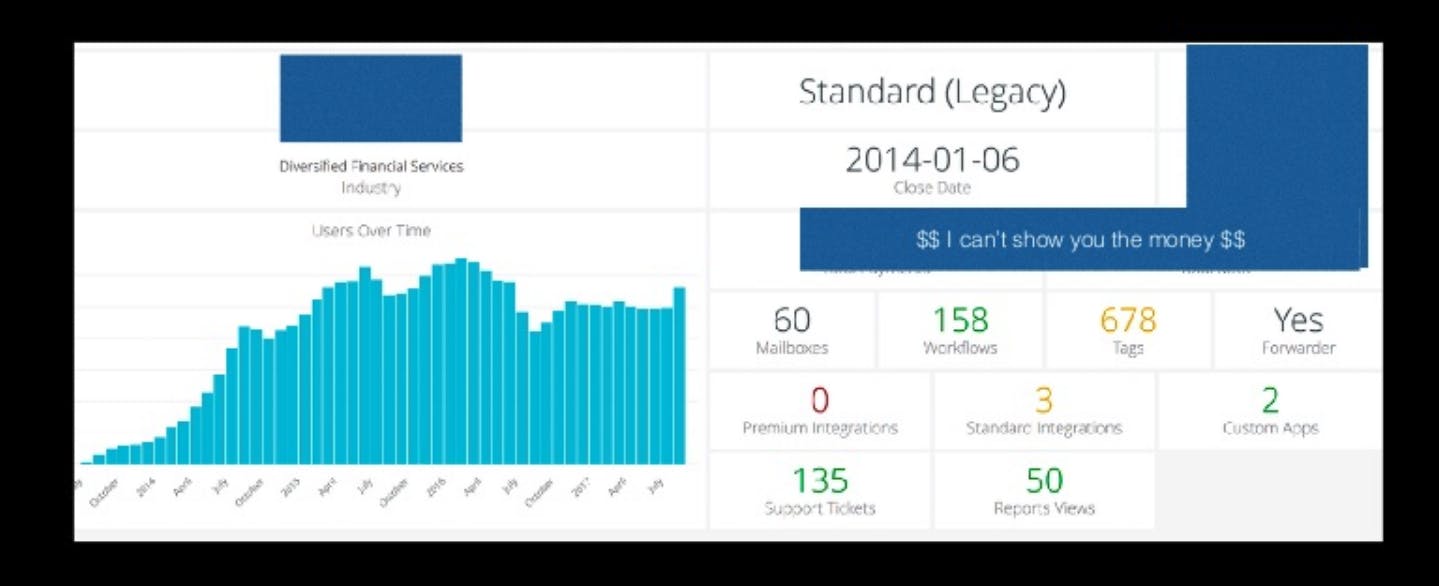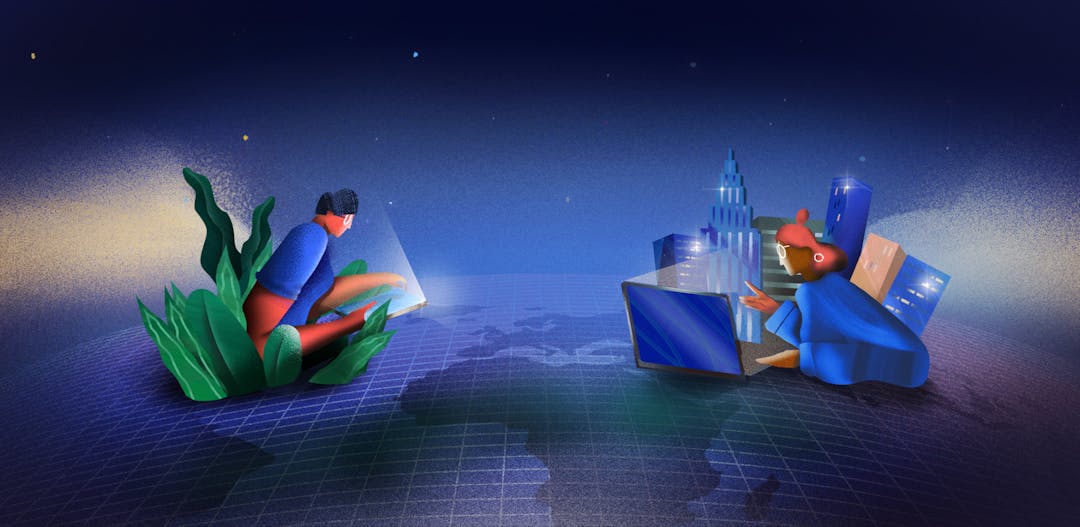Acquisition is dying. SaaS is becoming saturated and as Suneet Bhatt, GM at Crazy Egg and former chief growth officer at Help Scout, puts it, “undifferentiated AF.” If you want to stand out from the thousands of other solutions out there and grow at the same time, there is only one way to really succeed in modern SaaS—a better customer experience.
The people driving your growth are no longer your sales team or your marketing team. They are your customer support team. They are the people talking to your customers every day, building the customer experience with your product, and making your customers a success. By supporting them in supporting customers, you get more successful customers, more retention, and more growth.
Customers are running away from information
“We keep moving further and further up the funnel, we keep trying to capture intent earlier and earlier. We try to do all these things and all we are doing is turning up the dial and overwhelming them with information and we are making them angry.”
- Suneet Bhatt
In 2011, there were around 150 different marketing tech solutions. If you had one, you had a corner of the market pretty much to yourself. If you wanted to say something, there wasn't a lot of noise to drown you out. Customers didn't understand SaaS, so they needed your help to get started.
Today, 5,000+ marketing technologies are available. Every single one has a sales team and every single one has a blog. As Suneet puts it, “we are overwhelming customers with information.” Another way he puts it is this:

You may think you are different, but to customers, every single SaaS company looks identical.
What do we do to try and stand out? Just add more information to the heap. We turn up the dial to try and overcome all the noise by giving them more data, but at different times or different places. This then leads to a cascade of problems for any SaaS company:
- We start off by giving potential customers too much information.
- This leads to ego depletion. We only have a limited pool of energy for willpower. As we have to read/listen/watch more and more sales and marketing content, our minds begin to melt.
- With our mental resources critically low, we can't make any decisions. All this information has made it harder for customers to make a choice.
- Finally, their irritation overcomes them and every customer just want sales and marketing and growth to f--- off.
Our obsession with using sales and marketing and acquisition to drive all growth leads to the opposite, in Suneet's opinion: angry customers that see sales and marketing as an obstacle in their path rather than people there to help. Ultimately, that is all they want.
Suneet picks out two stats that any SaaS marketer needs to know:
- 59% of people would prefer to do their own work than talk to a salesperson
- 75-90% of purchases are influenced by peers
Customers want information, just not the information given by sales and marketing teams. According to Robert Wollan, the Global MDofAccenture’s Management Consulting Division what customers want from a company is to:
- Be on our side.
- Be personally accountable for our desired results.
- Be proactive.
- Solve our problems.
- Be innovative in responding to our needs.
These don't sound like the traits of a salesperson. But they do sound like the traits of a great customer support person. What people want isn't sales and marketing. What people want is support.
Customer experience is what is going to differentiate you
“Customer Service teams already spend their entire day doing precisely what the modern (increasingly informed, increasingly confused) customer needs: help cutting through the noise to find the fastest way to a helpful answer.”
- Suneet Bhatt
When people in SaaS think of the customer experience, they think of design. When your customers think of customer experience, they think of the people on your team helping them out. If you want more customers doing better, the customer experience is where you need to invest. As Suneet says, “your tech is not going to differentiate you in the market, your customer experience is.”
When there was a market to acquire, growth came from acquisition. Now that market is saturated and acquired, growth comes from retention and upsell. Your customer support team lead both of those endeavors. And all they need to do is be helpful and “be on our side.”
Support can be a massive driver of growth. During Suneet's time at Help Scout, 18% of new deals came directly from the support team. When he looked at his most successful customers, they were the ones that had the strongest relationship with the support team:

Successful customers were:
- 300% more likely to be engaged with support pre-trial
- 130% more likely to be engaged with support in the first three months
- 300% more likely to be engaged with support in the three - six month range
- 240% more likely to be engaged with support six months and onwards
When you have a support team that is proactive, is on the side of the customer, and is solving problems for them every single day, you have a team that is a cash cow. Which customer would turn down that level of service?
This doesn't mean revenue targets for support. Suneet criticizes that action as just making more salespeople. Instead, the support team needs to have no other target than helping the next customer fulfill their potential with the product.
Building such a support team requires great people with great data using great tech. Tech, particularly AI, can still be used to help and create scale for the support team, but it is there to support rather than destroying their jobs. You need great people helping customers.
At Help Scout, they did that by helping the support team. Whenever a ticket came in, information about the customer was immediately surfaced for the team to give them context:

The support team doesn't need to ask questions. Instead, they can move straight to a solution for the customer.
In this context, a company isn't customer-first, it is customer support team first. As a CEO or head of growth, you want to build the team that thinks customer first. Give them the tools and ability to be on the side of the customer.
People buy from people
In sales, the saying is “people buy from people.” This is absolutely true. Unfortunately for sales though, they are no longer the people customers want to buy from. Salespeople no longer act as trustworthy people in the customers' eyes.
Support has taken that role. “People buy from people” works, but only if you think the person is on your side. If you build a support team that advocates for the customer and spends the entire day helping them, the side effect is growth. But what a great side effect to have.



